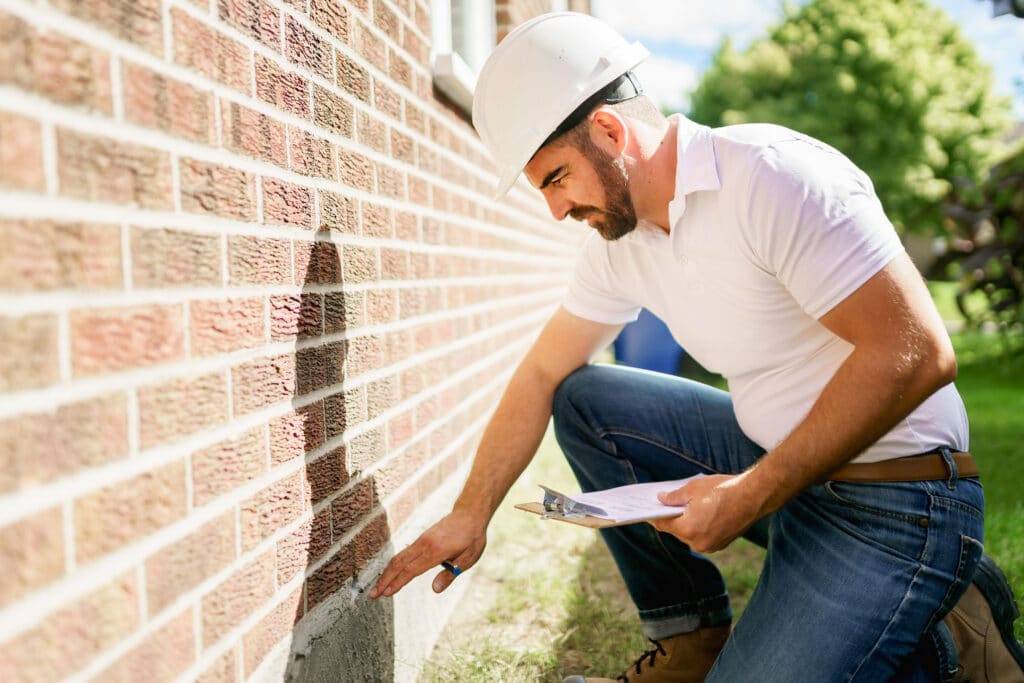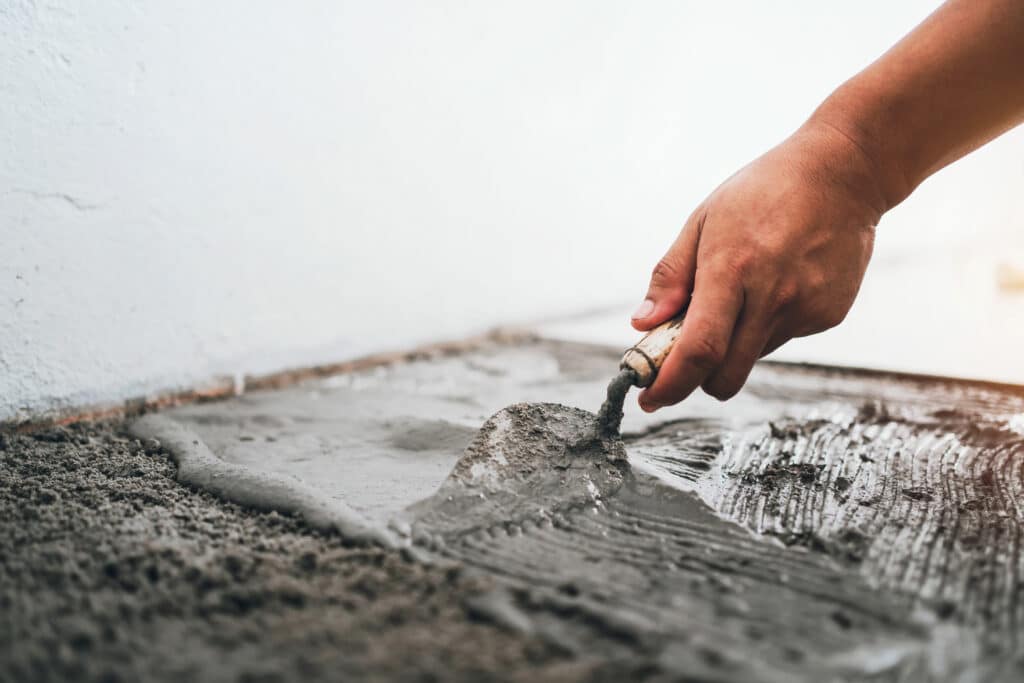Common Causes of Foundation Problems in Charleston
Foundation issues have multiple possible causes. Here are the most prevalent ones for Charleston residents:
- Soil composition: Soil with large clay or sand concentrations is highly expansive. In the heavy rainfall Charleston receives, the soil soaks up moisture like a sponge, then releases it in dry seasons. The constant expansion and contraction puts pressure on nearby foundations, even if the foundations stay dry.
- Aging plumbing: The average Charleston home construction year is 1972. If you live in an older home, it's likely to have cast-iron plumbing. When the pipes start eroding, leaking water could reach your foundation and even pool beneath it.
- Improper modifications: Landscaping or roofing work that wasn't completed properly could result in your foundation settling.
- Standing water: Standing water around your home can harm your foundation's integrity, especially when it collects in areas your gutter system doesn't protect.
- Tree Roots: Tree roots can enter a home's foundation through crevices, and may apply force that results in your foundation fracturing, pipes rupturing, and overall structural weakening.
How to Choose the Best Foundation Repair Company
To pick a foundation repair contractor, you should think about what's most important to you. Use this guide to help you go through the process.
Licensing and Experience
According to the South Carolina Department of Labor, Licensing, and Regulation, foundation repair companies need a general contractor's license. Contractors that do not perform commercial work can pursue licensure from the Residential Builders Commission. Talk to representatives to gain more insight into a company's experience. You should ask about local permit ordinances, building codes and inspection processes.
Contractor websites are among the best places to do your research. Usually, a foundation company will discuss how long it's been in business. It might also upload blog posts to help potential clients.
Customer Reviews
We suggest reviewing the company's Better Business Bureau (BBB) profile to see whether it's accredited and has a positive customer review score. You can check whether other homeowners have expressed satisfaction or filed complaints. Pay special attention to what customers say about company warranties. Complaints aren't necessarily a red flag in themselves. You want to discover how a company responds to them. If the management team consistently and proactively resolves issues, it's a good sign. However, if the company lacks accreditation, shows more negative reviews than positive ones, and doesn't communicate properly, you should think twice about working with it.
Lastly, we encourage you to search additional sites, like Trustpilot and Google, for more opinions.
Foundation Repair Cost in Charleston
The price of foundation repair can vary substantially depending on the extent of the issues and what's necessary to resolve them. For minor foundation fissures and settling issues, you may pay as little as $1,800. However, if there is significant damage, the typical cost lands at about $2,700. More involved projects involving excavating, helical piers, or major mudjacking could cost upwards of $6,800. See below the average foundation repair costs for common issues.
| Common Foundation Repair Services | Average Cost |
|---|---|
| Crack Repair | $328 |
| Leak Repair | $2,598 |
| Stabilization | $4,474 |
| Underpinning | $1,258 |
| Waterproofing | $2,866 |
Ready to Get a Quote on Your Foundation Repair Project?
Please enter a valid 5-digit zip code!
Frequently Asked Questions About Foundation Repair in Charleston
How much does foundation repair cost in Charleston?
When would I need a foundation replacement, and when could I just get a repair?
Are there any warranties or guarantees provided with Charleston foundation repair services?
What preventive measures can I take to avoid foundation issues?
- Make sure your home's gutters and downspouts are in good condition and direct water away from your foundation to avoid water accumulation.
- Water the soil around your foundation evenly, especially during dry spells, to prevent shrinking and expansion.
- If possible, grade the soil around your home to slope away from your foundation, encouraging water drainage and minimizing the risk of foundation issues.
- Inspect your foundation for signs of damage, and fix any issues promptly.
To share feedback or ask a question about this article, send a note to our Reviews Team at reviewsteam@thisoldhousereviews.com.
More Foundation Resources
National Foundation Repair Ranking Methodology
Sources
U.S. Census Bureau (American Communities Survey)
















